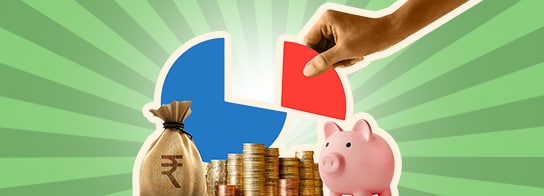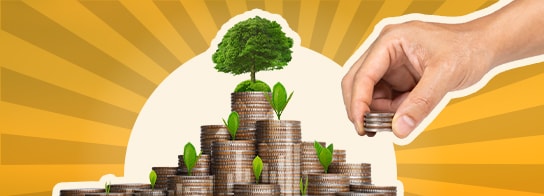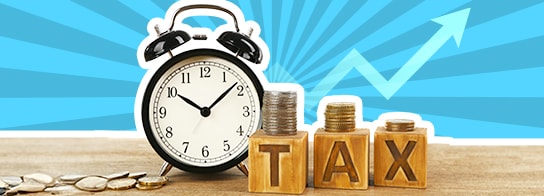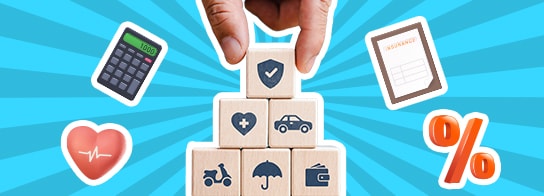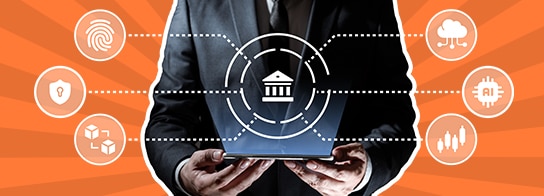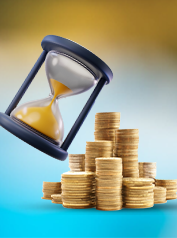Here’s how the credit card payment cycle works, from the bill generation date for a credit card to the due date:
This marks the first day of your billing period for a credit card, where the issuer starts tracking your spending.
Throughout the cycle, all purchases, balance transfers, and fees are added to your balance, impacting the amount due.
Your credit card bill date is typically fixed each month, when your total balance is calculated, including interest and fees.
Some credit cards have a statement closing date, which signifies the end of the billing cycle and determines which transactions are included in the current statement.
By the due date, you must make at least the minimum payment. Paying only this amount may result in accumulating interest and prolong your debt.
The due date is the last day of the grace period, by which you must pay to avoid interest or late fees.
New purchases made after the credit card bill date may not incur interest if you pay your balance in full before the next due date.













